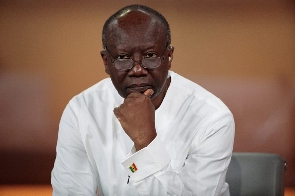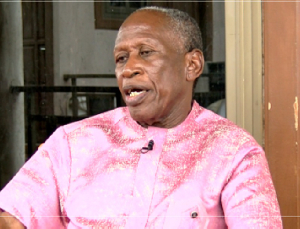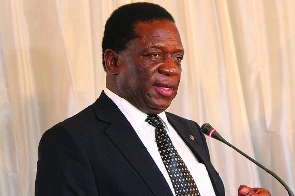The size of Ghana’s economy now stands at GH¢349.4 billion as of the end of 2019.
This is equivalent to US$67.2 billion.
But the size of the Ghanaian economy based on non-oil GDP stood at GH¢334.6 billion (US$64.10 billion).
According to the rebasing of the economy by the Ghana Statistical Service, the size of the economy increased by about GH¢48.8 billion in 2019.
In 2018, the size of the Ghanaian economy stood at GH¢300.5 billion. This is equivalent to US$65.4 billion because of the exchange rate at the time.
However, in 2016, the size of the Ghanaian economy stood at GH¢215 billion, approximately US$54.8 billion.
According to the GSS’ revised estimates based on the rebased economic data, Ghana’s economy grew by 6.5% in 2019.
This is against 6.3% and 8.1% Gross Domestic Product (GDP) in 2018 and 2017, respectively.
For non-oil GDP, the economy grew by 5.8% GDP.
According to the GSS, GDP per capita income increased from GH¢10,150 in 2018 to GH¢11,541 in 2019.
But in dollar terms, the per capita income reduced by US$2 from US$2,214 in 2018 to US$2,212 in 2019.
From the measurement of the economy, the services sector recorded the highest growth rate of 7.6%, followed by industry, with 6.4% and agriculture, 4.6%.
Importantly, the services sector remains the largest sector of the economy.
Its share of GDP increased from 46.3% in 2018 to 47.2% in 2019.
In the fourth quarter of 2019, the services sector recorded the highest growth of 11.0%, followed by the agriculture sector expanded by 6.8% and the Industry sector, 5.4%.
Click to view details



Business News of Thursday, 23 April 2020
Source: classfmonline.com

















